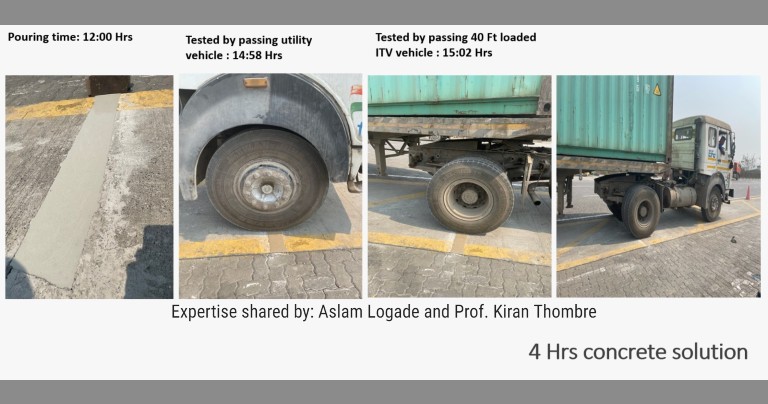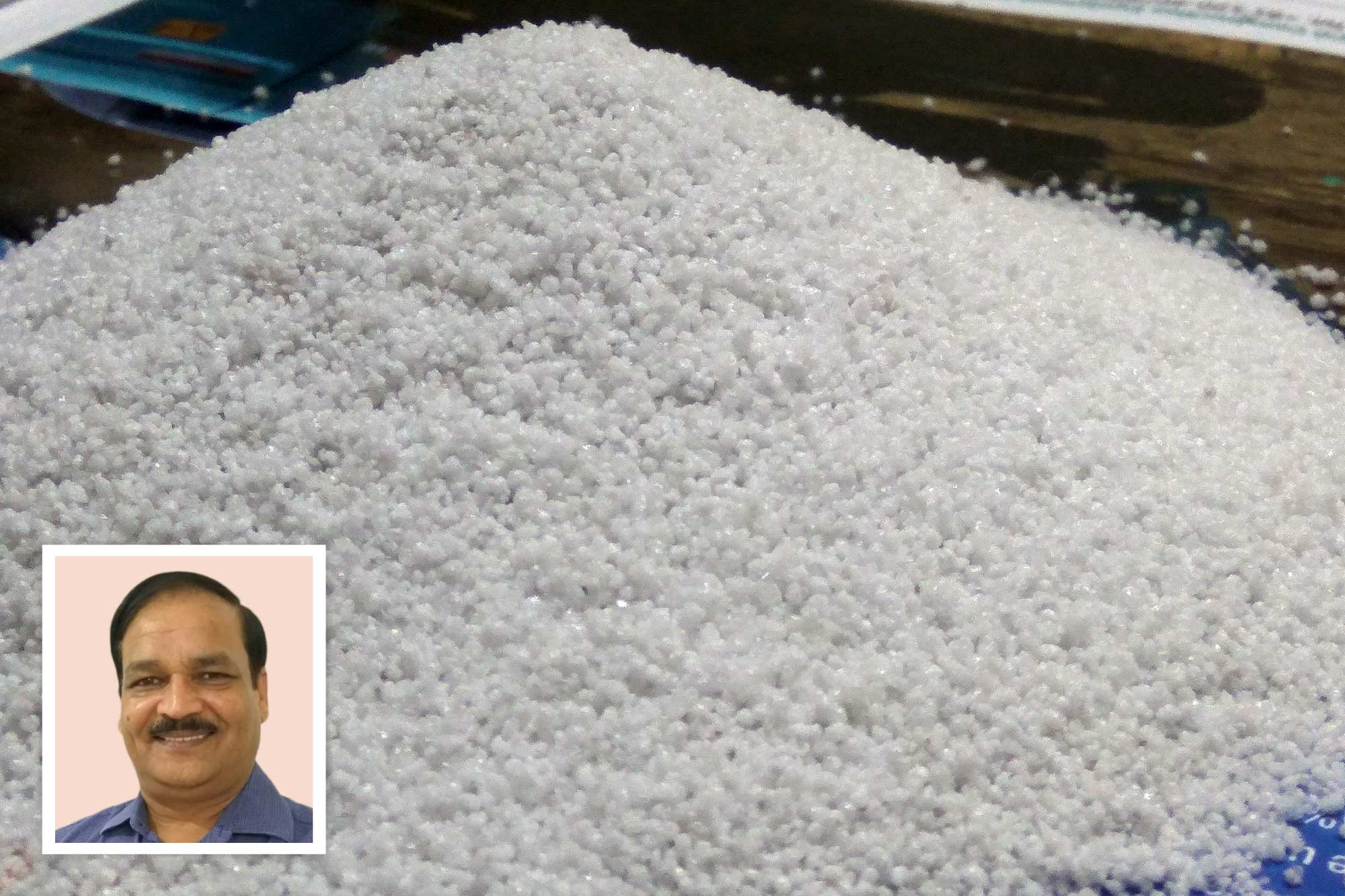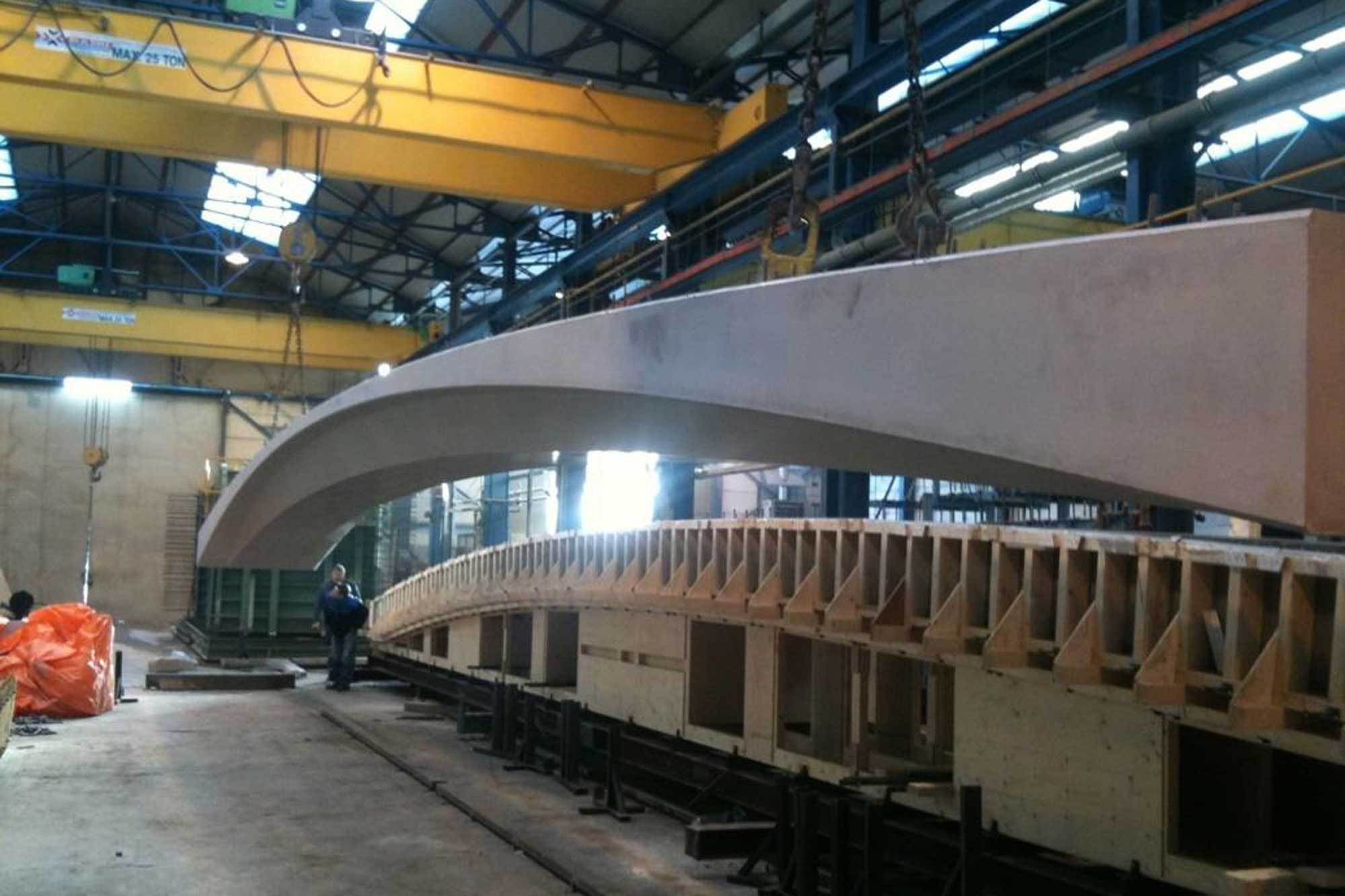Value-added solutions for durable concrete structures
By Edit Team | May 24, 2023 4:34 pm SHARE

This article discusses the key characteristics of concrete and the benefits of using durabilityenhancing admixtures such as PRAs, CIAs, and SRAs to improve its strength, workability, cost, and durability.
Concrete is a highly versatile and commonly used construction material globally. The key characteristics of concrete The primary reasons for concrete being a popular choice as a construction material are its availability, ease of production, strength, workability, cost, and durability. Concrete is normally specified by its strength and workability, but for important structures, even durability parameters such as water permeability, chloride migration, and length change are specified.
Benefits provided by three types of durability-enhancing admixtures— permeability-reducing admixtures (PRAs), corrosion-inhibiting admixtures (CIAs), and shrinkage-reducing admixtures (SRAs)—will be discussed during this presentation.
Permeability Reducing Admixtures (PRAs) improve the durability of concrete by reducing its water absorption and penetration. Some PRAs can promote crack healing in concrete if cracks are formed during its service life. PRAs are mainly of the following types: hydrophobic pore blockers, water repellants, and crystalline products. Performance-wise, as per ACI 212, PRAs are classified as Permeability- Reducing Admixtures for Non-Hydrostatic Conditions (PRAN) and Permeability- Reducing Admixtures for Hydrostatic Conditions (PRAH).
Crystalline technology-based admixtures are commonly used for concrete exposed to hydrostatic water pressure. Crystalline products are hydrophilic; their active ingredients react with water and cement particles in the concrete to form calcium silicate hydrate (CSH), which increases the density of CSH gel. Some of them also form precipitates (pore-blocking deposits) or some of them both in the existing microcracks and capillaries, reducing the water penetration. During the service life of concrete, if hairline cracks are formed, the active ingredients of the crystalline admixture react with the moisture and plug the crack, promoting crack healing.
Corrosion-inhibiting additives (CIAs) are used to restrict concrete corrosion due to chloride attacks. CIAs chemically arrest the corrosion reaction and protect the steel reinforcement from corrosion. Mainly, two types of CIAs available: bipolar corrosion-inhibiting admixtures (mixed inhibitors) and anodic ones (nitrite-based).
In countries like the USA, CIAs based on calcium nitrite are most commonly used for corrosion protection. In Europe and India, bipolar corrosion-inhibiting admixtures are more popular. In bipolar CIAs, each molecule of a bipolar CIA is a dipole with positive and negative charges attached to the anodic and cathodic portions of a corrosion cell. These CIAs adsorb on metal, forming a protective molecular layer on steel surfaces. This film prevents corrosive elements from further reacting with embedded reinforcement and reduces the existing corrosion rate. CIAs are commonly used in marine structures, bridges, and wherever concrete is exposed to chloride environments.
Shrinkage-reducing additives (SRAs) are used in concrete to prevent drying, shrinkage, and cracking. SRAs can typically reduce drying shrinkage by 25 percent to 50 percent in concrete. They also reduce the number of cracks formed in concrete, which reduces the ingress of contaminants into the material, thus improving its durability.
Shrinkage in concrete occurs in three basic modes: plastic shrinkage, autogenous shrinkage, and drying shrinkage. Drying shrinkage is more detrimental to most concrete. One method to reduce drying shrinkage is the use of SRAs. Drying shrinkage cracking in concrete is caused when water is lost from the capillary pores of hardened concrete. When the water evaporates from the capillary pores, the menisci formed within the pores exert pressure by pulling the walls of the concrete inward, which leads to shrinkage cracks in the surrounding concrete. When an SRA is added to concrete, it reduces the surface tension of the water in the capillary pores of the concrete. It prevents the formation of menisci, which pull the pore walls, thus minimising drying shrinkage and cracking.
Cookie Consent
We use cookies to personalize your experience. By continuing to visit this website you agree to our Terms & Conditions, Privacy Policy and Cookie Policy.


































-20240213125207.png)

























